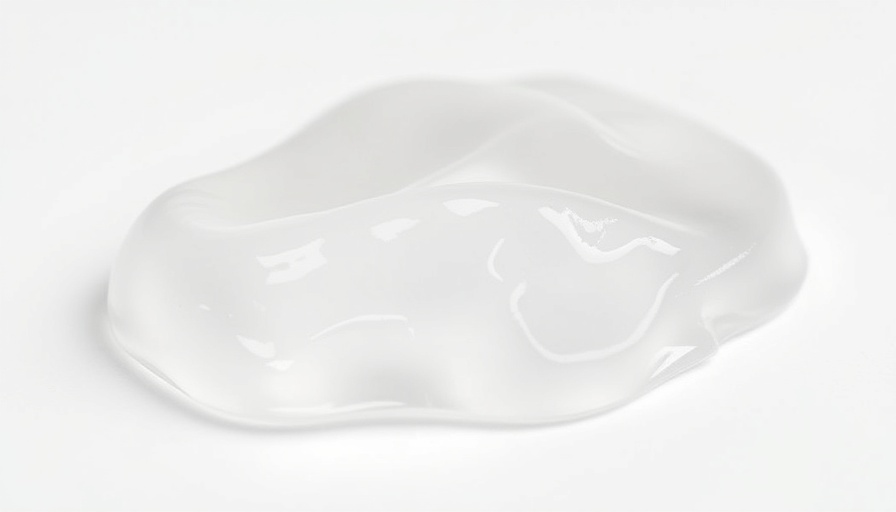
From Waste to Wonder: The Malva Nut Hydrogel Revolution
At the cutting-edge intersection of traditional medicine and advanced biomedical technology, researchers from the University of Chicago have unveiled a groundbreaking innovation: a hydrogel derived from the malva nut, commonly known in Chinese herbal medicine as Pangdahai. This remarkable transformation of a simple herbal ingredient, often discarded after brewing tea, opens doors to sustainable health solutions.
Unlocking Hydrogel Potential in Healthcare Applications
Hydrogels, recognized for their ability to retain water and mimic human tissue, have immense potential within medical fields. Typically, these soft, gel-like substances are utilized in wound dressing, drug delivery, and bioelectronics. The research team led by Changxu Sun revealed that malva nuts, once treated, not only swell up to 20 times their weight but also demonstrate superior qualities compared to commercial hydrogel products.
Environmental and Economic Impacts
With healthcare costs soaring globally, the malva nut hydrogel represents a cost-effective alternative particularly for low-income regions in Southeast Asia, where healthcare systems struggle with limited resources. Given that malva trees thrive in these areas, Sun's research holds the promise of economic stability and improved healthcare solutions, utilizing locally sourced material.
Sustainability Meets Innovation
In an age where sustainability is more than just a buzzword, transforming food waste into valuable medical resources emphasizes responsibility towards environmental impact. By recycling the malva nut—which traditionally goes to waste post-brewing—the researchers are addressing both healthcare needs and waste management, establishing a new paradigm for future innovations.
Future Predictions: The Role of Nature in Medical Advances
As the demand for more effective healthcare solutions grows, the exploration of natural resources like the malva nut signifies a shift in research paradigms. Such innovations can inspire further exploration into flora-based solutions and potentially lead to novel therapies that could enhance patient outcomes on a global scale.
Conclusions and Call to Action
The evolution of the malva nut into a versatile hydrogel showcases a potent mix of tradition and modern science. For business leaders and tech professionals, this case exemplifies how innovation rooted in sustainability can capture new market opportunities. Joining the movement toward sustainable health solutions is not only a business advantage but a moral imperative in today's world. So let’s keep an eye on the developments in this promising field and support innovative practices that pave the way for a healthier future.
 Add Row
Add Row  Add
Add 




 Add Row
Add Row  Add
Add 

Write A Comment